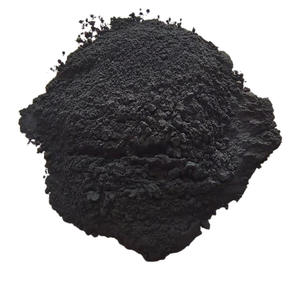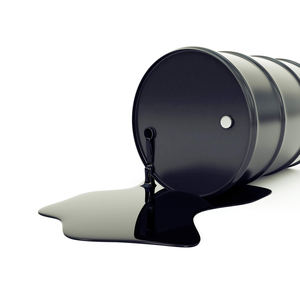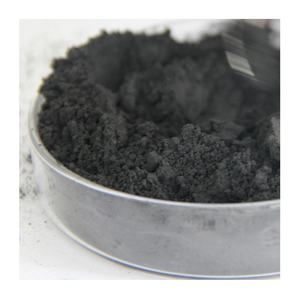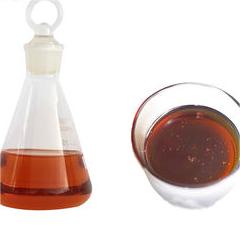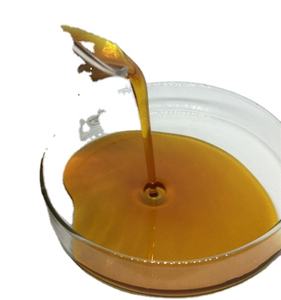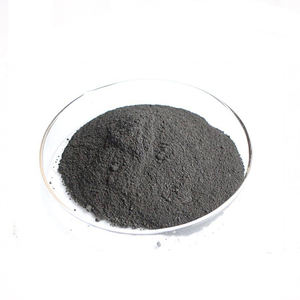One-stop lubrication solution | Discover the way to smoothness | Infomak
(the negative pole piece twice roll pressure vs one time roll, which is better?)
Lithium-ion battery assembly involves multiple steps, each of which contains knowledge, which has a significant impact on the final performance of the battery. Rolling treatment of the positive and negative electrodes is an indispensable process. The main purpose of the rolling is to control the pole piece within the design range, enhance the peel strength of the pole piece, and reduce the transmission distance of lithium ions.
Due to the different material systems, the positive pole piece rolling rebound is relatively small, while the negative pole piece rolling rebound is relatively large. Therefore, for all the power battery companies in the positive pole piece, only one rolling pressure is performed once, and there is no difference. For the negative electrode piece, some enterprises carry out one rolling, and some enterprises choose to perform two rolling pressures, and the difference is large.
Recently, researchers from Samsung SDI and Hanyang University in Korea conducted a comparative study on the primary and secondary roll pressures of graphite negative pole pieces.
The results show that the rolling of the negative electrode sheet can not only prevent cracking and pulverization of the negative electrode particles, but also make the void distribution in the pole piece more uniform, which ultimately leads to an increase in the wettability of the electrolyte and a decrease in the resistance of the pole piece.
The specific results are as follows:
Figure 1. Schematic diagram of the primary roll and the two roll of the negative pole piece.
The principle of the primary roller pressure and the secondary roller pressure of the negative electrode tab is as shown in FIG. The so-called primary rolling is to roll only once to reach the thickness and density of the designed pole piece; the secondary rolling is to first press the pole piece to a certain thickness, and then pass the second rolling to reach the designed thickness and density.
The difference between the two is that the primary rolling pressure is very likely to cause the active particles to rupture and pulverize, and the aperture above the pole piece (away from the copper foil) will be larger than the aperture below the pole piece (near the copper foil); the secondary rolling can not only be exhausted It is possible to reduce the rupture of the active particles, and also to make the pore size distribution in the pole piece uniform, thereby promoting the infiltration of the electrolyte and ultimately improving the performance of the battery.
Figure 2. SEM image and dimensional information of the negative pole piece after rolling in three different ways.
Figure 3. Raman characterization of the negative pole piece after rolling in three different ways.
The author first compares the microstructure information and size information of the negative pole pieces after rolling in three different ways.
In Fig. 1, 100%-0% means that the counter electrode is only subjected to one rolling, and 40%-100% and 75%-100% respectively, the first piece is first rolled, and the rolling depth is the original thickness. 40% and 75%, followed by a second roll to reach the design value.
As shown in Fig. 1, the initial thickness of the active layer of the pole piece is 109 μm, which can reach about 70 μm required by the design, whether it is one-rolling or two-rolling, and only two kinds of rolling methods are not seen from the microscopic topography. What is the difference in the structure.
Subsequently, the authors carried out Raman characterization of the graphite active particles in the pole piece after rolling, and the results are shown in Fig. 3.
The ID/IG in the Raman signal represents the defect level of the graphite particles, and the higher the ID/IG means the more defects of the graphite particles. It can be seen from Fig. 3 that the ID/IG value of graphite in the primary rolled sheet is 0.22, and the ID/IG value of graphite in the two rolled sheets is only half of the one-roll pressure, which indicates twice. The degree of damage of the graphite particles in the rolled pole piece is relatively small.
Figure 4. Porosity comparison of the (a) 3D-XRM reconstructed image of the negative pole piece after rolling in three different ways and (b) the upper, middle and lower parts of the pole piece.
Figure 5. Comparison of (a) electrolyte infiltration contrast and (b) pole piece adhesion after the negative pole piece is rolled in three different ways.
The pore size distribution in the pole piece and the bond strength of the pole piece are also important indicators for examining the quality of the roll press process. As shown in Fig. 4, the 3D-XRM reconstructed image of the pole piece after rolling shows that the pole piece diameter of the two rolled rolls is significantly larger than the pole piece diameter of only one roll, and the 40%-100% two rolls.The pressure pole piece has a more uniform pore size distribution. And whether it is electrolyte wettability or pole bond, the 40%-100% two-rolled pole piece has better performance.
Figure 6. LiCoO2 soft pack battery made by three different ways of rolling negative electrode.
Figure 7. SEM image and dimensional information after 25 cycles of negative pressure cycling in three different ways.
The expansion of the battery is mainly from the negative electrode. The authors made the graphite anodes rolled in three different ways into LiCoO2 soft pack batteries, and compared the expansion.
As shown in Fig. 6, the expansion rate of the soft pack battery made by the 40%-100% two-rolled negative electrode sheet in the formation and recycling stages was 19.23% and 4.47%, respectively, and the expansion ratio was the lowest among the three batteries. .
The authors believe that a uniform pore size distribution allows 40%-100% of the two-rolled negative electrode tabs to be well infiltrated by the electrolyte and release the pressure of the pellets during the formation and cycling, resulting in minimal expansion ratio results. As shown in FIG. 7, the initial design thickness of the active layer of the negative electrode tab is 70 μm, 100%-0% primary rolling, 40%-100% two-rolling, and 75%-100% two-rolling after 25-week cycle. The thickness of the active layer of the pole piece was 83.8 μm, 81.9 μm and 83.4 μm, respectively, and the thickness of the 40%-100% two-rolled pole piece was the lowest, which was consistent with the expansion rate result of the soft pack battery. In addition, the authors also analyzed the cycle performance, rate performance and electrochemical impedance spectroscopy of the soft pack batteries made of three pole pieces. The results showed that the soft pack made of 40%-100% two-rolled pole pieces was used. Battery performance is optimal and will not be repeated here.
High quality graphite manufacturer
If you need graphite powder, please feel free to contact: sales@graphite-corp.com
(the negative pole piece twice roll pressure vs one time roll, which is better?)
